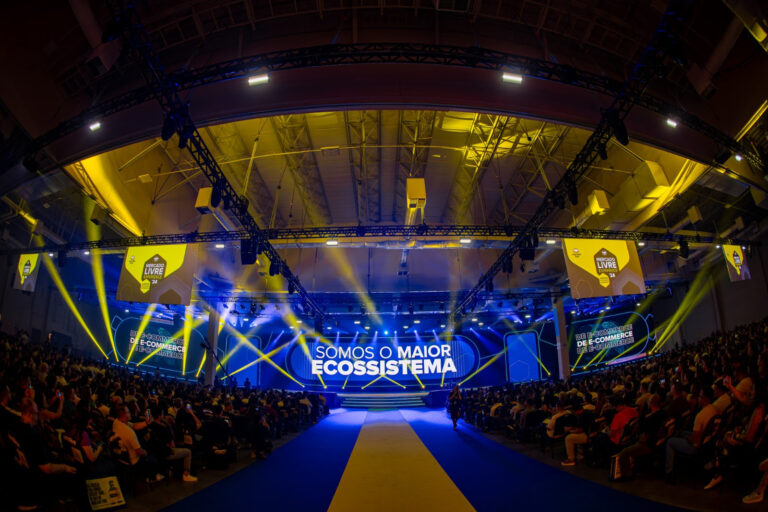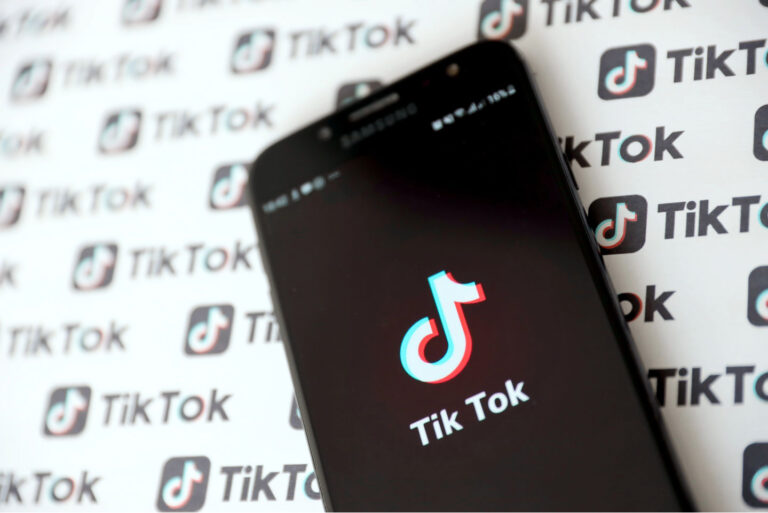A primeira edição do novo formato da Copa do Mundo de Clubes da FIFA está reestruturando a forma como marcas e clubes se conectam com o público. Com premiação recorde de US$1 bilhão, o torneio redefine as estratégias de marketing esportivo em escala global. Segundo dados recentes da FIFA, os investimentos publicitários no futebol cresceram 30% em 2025, impulsionados principalmente pelas oportunidades inéditas que o novo modelo da competição proporciona para ativações de marca e engajamento de audiência
According to Bruno Almeida, CEO of US Media, empresa especialista em performance digital e representante oficial de publicidade da OneFootball no Brasil, os clubes brasileiros já entenderam o potencial do torneio como plataforma de mídia e estão aumentando seus investimentos.
“Estamos vendo um aumento muito claro no investimento dos clubes brasileiros em mídia e anúncios, especialmente com o impulso do novo Mundial. O crescimento é bem superior ao que vimos em anos anteriores, impulsionado por campanhas de fortalecimento de marca e internacionalização”, explica o executivo.
A disputa pela audiência: multiplataforma e engajamentoO Flamengo, por exemplo, está realizando investimentos massivos na internacionalização de sua marca, com foco especial no mercado norte-americano. Além da expansão da Flamengo TV, o clube está levando seus Soccer Camps para os Estados Unidos, criando uma ponte direta com novas gerações de torcedores. Já o Palmeiras adotou uma estratégia ainda mais ousada, com ativações ambiciosas como a “Casa Palmeiras” nas cidades-sede do torneio e o “Palmeiras Day” em Nova York, além do lançamento de uma camisa exclusiva em parceria com a Puma especialmente para a competição.
“É importante ressaltar que esse movimento não surgiu do nada”, explica Bruno Almeida. “Ele é, na verdade, a aceleração de uma tendência que vem sendo construída na última década, fruto de gestões cada vez mais profissionais nas áreas de marketing e comercial dos clubes. O que vemos agora é a maturidade desse processo atingindo seu ápice justamente quando o futebol global ganha seu mais importante palco.”
Do lado das marcas, o cenário é igualmente impressionante. A FIFA confirmou seis patrocinadores oficiais de peso para esta edição: Hisense, AB InBev, Bank of America, Coca-Cola, Adidas e Visa. Os valores envolvidos são históricos: a AB InBev investiu cerca de US$80 milhões, enquanto a Coca-Cola fechou um contrato de US$400 milhões com a FIFA válido até 2030, segundo dados da Statista.
“A FIFA está realmente mudando o jogo com a premiação recorde que destinou a este novo torneio”, comenta Bruno Almeida. “Quando você junta isso à presença de gigantes mundiais e dos principais clubes brasileiros, o resultado é um forte incentivo para as marcas aumentarem sua presença e seus investimentos no futebol. E, claro, isso mexe diretamente com todo o cenário de negociações de mídia.”
Transmissão fragmentada vira vantagem para as marcas
A estratégia de transmissão no Brasil reflete a complexidade e o potencial deste novo ecossistema. A cobertura será distribuída entre TV aberta (Globo), TV por assinatura (SporTV) e diversas plataformas de streaming, incluindo Globoplay, Prime Video, Mercado Play e a CazéTV no YouTube. Esta última, com seus 13 patrocinadores – incluindo gigantes como Coca-Cola, Mercado Livre e iFood – representa talvez o caso mais emblemático da transformação em curso.
“Esta profunda transformação não acontece somente por adicionar novas plataformas de transmissão, mas também da consolidação de um novo jeito de consumir e se engajar com o futebol. A maioria dos torcedores usa um dispositivo e aplicativo, como second screen, enquanto acompanha o jogo. As marcas já perceberam que não estão mais comprando um simples espaço publicitário; elas estão se associando a uma comunidade real, autêntica e com um nível de engajamento altíssimo “, analisa o CEO da US Media.
As oportunidades para marcas e anunciantes vão muito além dos formatos tradicionais. “Hoje, as marcas querem mais do que apenas ter sua logo exposta nos jogos. Elas buscam criar experiências, oferecer serviços e promover ações durante as competições”, explica Almeida. “As transmissões em plataformas digitais abrem um leque de possibilidades para ações mais criativas e direcionadas, como usar dados para segmentar torcedores e mostrar criativos personalizados para cada um.”
Para o executivo, o segredo do sucesso está na autenticidade. “A grande oportunidade aqui é se integrar à conversa de uma forma autêntica, fazer parte do conteúdo e ser bem recebido por isso. É poder ativar promoções em tempo real – como delivery de comida e bebida durante o jogo ou sorteios que dependem do engajamento do fã – e, com isso, construir credibilidade e uma conexão genuína.”
O futuro do marketing esportivo: personalização e experiênciasOlhando para o futuro, Bruno Almeida vê uma indústria em grande transformação. “O futuro da publicidade no futebol está se transformando radicalmente. Estamos saindo de um modelo focado apenas em anúncios para entrar na era dos ecossistemas de experiência. A força por trás disso é a fusão poderosa entre dados e interatividade.”
“Nesse novo cenário, os clubes e as marcas precisam adotar uma mentalidade de empresas de entretenimento”, aconselha. “O papel deles passa a ser o de produzir narrativas e experiências interativas de forma constante, mantendo o público engajado. Contudo, é fundamental lembrar que a tecnologia, por mais avançada que seja, é apenas o meio. O verdadeiro diferencial competitivo estará em nossa capacidade de conectar cada inovação aos valores mais autênticos do esporte. O sucesso virá para aqueles que conseguirem associar cada experiência imersiva e cada dado coletado aos pilares essenciais que sustentam o futebol: o senso de comunidade, a paixão pelo jogo e a responsabilidade social e ambiental.”
Com a Copa do Mundo de Clubes 2025 pegando fogo, uma coisa é certa: o futebol nunca mais será o mesmo. Para marcas, clubes e torcedores, este é o momento de abraçar a transformação e escrever um novo capítulo na história do esporte mais amado do planeta.











